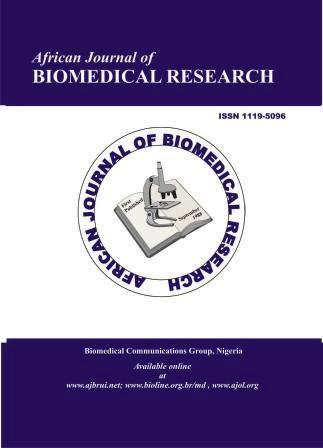Cost-Effectiveness Analysis Of Antibiotics Used For Lower Respiratory Tract Infections In Adults: A Pharmacoeconomic Evaluation In A Tertiary Care Hospital
DOI:
https://doi.org/10.53555/AJBR.v23i1.8600Keywords:
Antibiotic utilization, Cost-effectiveness, Lower respiratory tract infectionsAbstract
BACKGROUND: Lower respiratory tract infections (LRTIs) remain a leading cause of global morbidity and mortality, particularly in low- and middle-income countries. Cost-effective antibiotic selection is therefore essential to optimize clinical outcomes while minimizing economic burden. Empirical antibiotic therapy is commonly used in LRTIs, guided by clinical criteria such as the Anthonisen classification in AECOPD. This study aims to evaluate the cost-effectiveness and prescribing patterns of antibiotics used in adult LRTI patients at a tertiary care hospital in India.
MATERIALS AND METHODS: This prospective observational study was conducted over three months in a tertiary care hospital in Tamil Nadu after obtaining Institutional Ethics Committee approval. A total of 150 adult patients (≥18 years) admitted with pneumonia or AECOPD were included. Patients were treated with one of four antibiotics—Amoxicillin-clavulanate, Azithromycin, Cefpodoxime, or Levofloxacin. Pregnant or lactating women, outpatients, and patients with co-morbidities were excluded. Data were collected from the Medical Records Department using a structured Case Record Form, documenting demographic, clinical, and therapeutic details. Disease severity was graded using the CORB scale for pneumonia and CRP, X-ray, and sputum findings for AECOPD. Antibiotic regimens were analyzed for drug choice, dosage, route, duration, and total cost. Brand-wise comparisons were made for therapeutic efficacy and cost-effectiveness. Adverse drug reactions (ADRs) and hospital stay duration were also recorded. Data were analyzed using descriptive statistics to identify prescribing trends and cost patterns.
RESULTS: This study analyzed 150 inpatients—75 with AECOPD and 75 with Community-Acquired Pneumonia (CAP). Males predominated in both groups (73% in AECOPD, 63% in CAP). Most patients (77%) belonged to the low socio-economic group. Amoxicillin–clavulanate (28%) and Levofloxacin (25%) were the most prescribed antibiotics for AECOPD, while Levofloxacin (29%) and Azithromycin (25%) were common in CAP. Augmentin, Levoday, and Cefchamp were the most frequently used brands. The average duration of therapy was approximately one week, ranging from 4.8 to 7.1 days. Amoxicillin–clavulanate accounted for the highest treatment cost in AECOPD (₹360), while Azithromycin was costliest in CAP (₹440). CRP levels showed a mean 73% reduction post-treatment, indicating good clinical response. Twelve patients (8%) developed probable adverse drug reactions, while 92% tolerated therapy well. Overall, antibiotic therapy demonstrated satisfactory efficacy and safety profiles.
CONCLUSION: This study found that amoxicillin–clavulanate and levofloxacin were the most commonly prescribed antibiotics for AECOPD and CAP, with good clinical response and low adverse reactions. Treatment duration averaged one week, aligning with standard guidelines. The findings highlight the need for rational, cost-effective prescribing and stronger antibiotic stewardship to prevent resistance and ensure sustainable respiratory infection management.
Downloads
Published
Issue
Section
License
Copyright (c) 2020 Dr. K. N. Saivisveswar (Author)

This work is licensed under a Creative Commons Attribution 4.0 International License.









